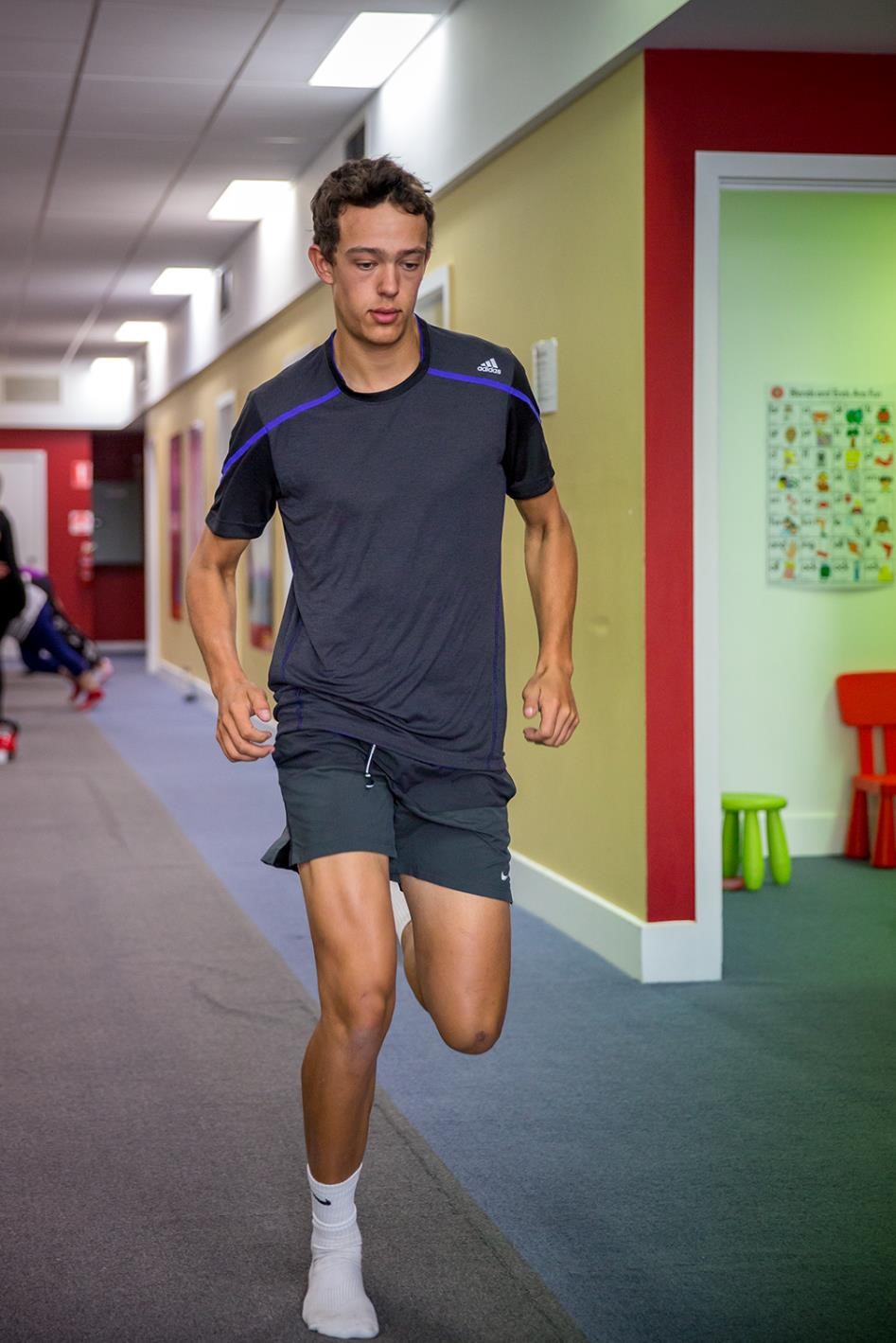Ankle Sprain - Fact Sheet
What is an Ankle Sprain ?
The ankle is a hinge joint with both lateral (outer) and medial (inner) bands of ligaments connecting the foot to the shin. The lateral ligament of the ankle is the most commonly injured ligament of the body and occurs with “rolling” the ankle. This can result in small tears in the fibres of the ligaments, leading to pain, swelling, and loss of motion/function
What causes an ankle sprain?
The lateral ligament is most commonly injured with an inversion injury (full pointing of the foot and rolling outwards of the ankle). This is very common in all sports involving running and jumping but can even happen incidentally for no apparent reason. The medial ligament is generally injured with rolling inwards of the ankle and can often occur when landing awkwardly on the foot of another player in team sports. Ligament sprains of the ankle are generally graded based on severity, from grade 1 to grade 3.

Signs and Symptoms of an Ankle Sprain ?
• Ankle pain with rolling inwards/outwards of the ankle, accompanied by swelling, inability to put full bodyweight on the ankle.
• Local pain over specific ligaments of the ankle.
• Depending on severity of the sprain, there may be lingering signs of ankle instability upon returning to full function.
.

Treatment of an Ankle Sprain ?

Mobility exercises: Exercises that promote a gradual improvement of ankle range of motion (such as the knee to wall exercise), without aggravating the injury.
Strengthening exercises: As soon as tolerable, strengthening exercises of the calf and foot muscles should begin, gradually building the ankle up back to full strength and power. This can also involve some sport specific hopping, jumping and agility training.
Referral: particularly with the medial ligament of the ankle, if the sprain is severe enough, referral to a specialist foot and ankle surgeon may be advised.


